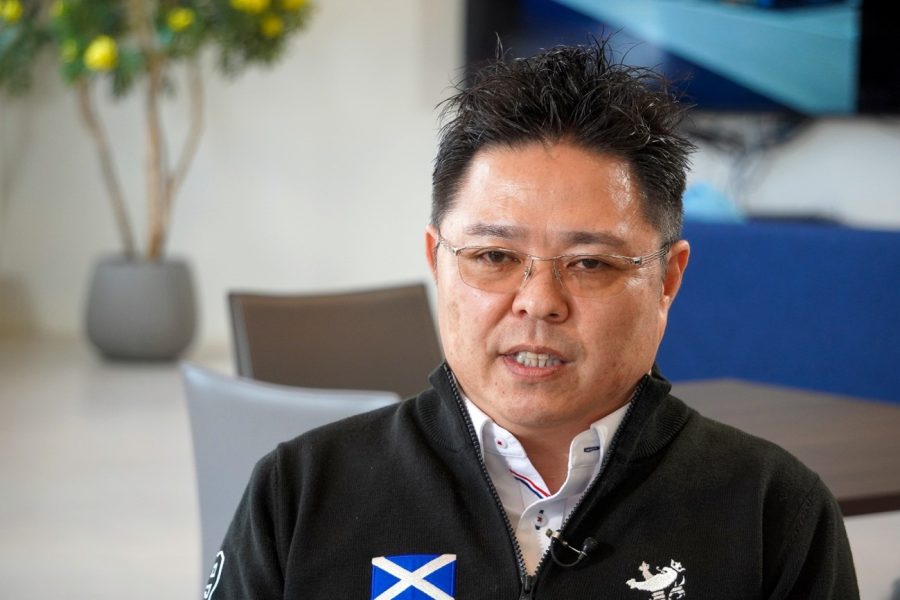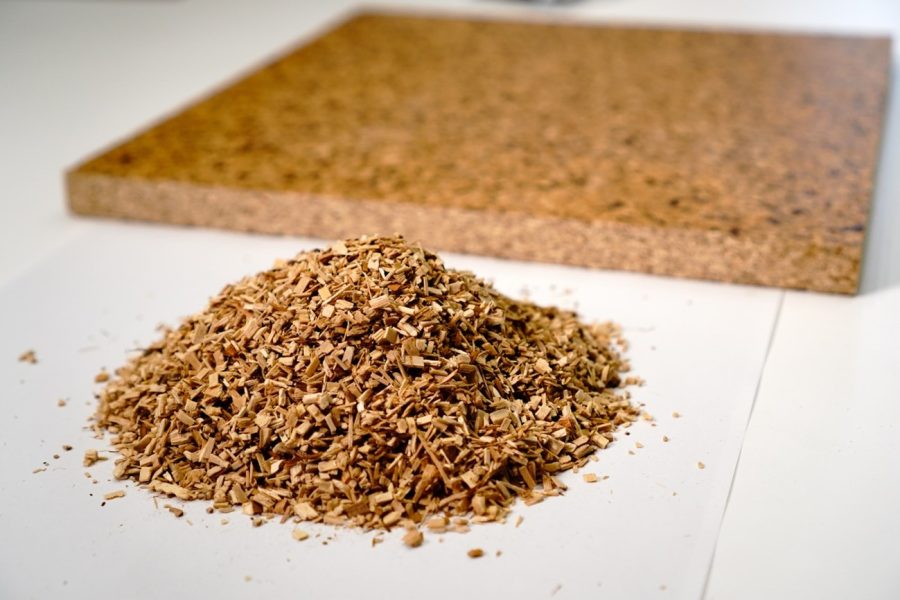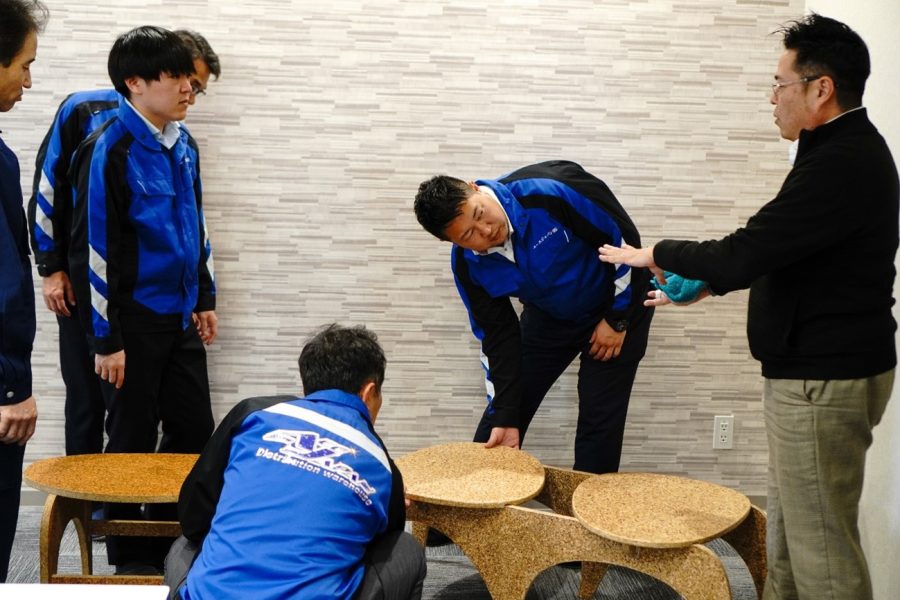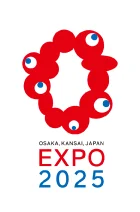
“There might be no way of knowing if I can make it or not. I will take all the responsibility. Please kindly give me advice.”
Showing special courtesy in his polite persuasion, Hando deeply bowed. He had been turned down the first and second times for the same reason as before. The skilled engineer facing him was no longer active, but he was a master well-known in the world of molds. His craftsmanship could pave a way in these adverse circumstances. Getting turned down was not an option. Perhaps as the engineer could feel Hando’s bloodcurdling determination, he eventually nodded in agreement as if he succumbed to Hando’s persistence since he went to such lengths. That moment opened up the way. The project was finally launched as a factory in Minami-Awaji City, Hyogo Prefecture agreed to produce the mold and long-established ironworks in Komatsushima City, Tokushima Prefecture agreed to produce the press machine. Two and a half years had passed since Hando got the idea.
The product, named “Kyo Pallet,” quietly came out into the world. A patent was acquired for the pallet molding technology. Over 9,700 tons of unused materials are consumed for this pallet only in Kyoto Prefecture, and they are also almost fully naturally degraded in about 18 months even if they are illegally dumped. This eco-friendliness garnered positive reviews. Ace Japan managed to secure orders from major enterprises. They are collaborating not only with the Federation of Forest Owner’s Cooperative Association, but also with electricity companies to include driftwood floating in dam reservoirs of hydropower plants, etc. when procuring material for the pallets.
Hando constantly tells people around him that “destroying the environment is quick, but restoring it takes time.” He has had this mindset ever since founding the business. As he aspired to spread not just the technology, but also this mindset from Kyoto to the entire Japan and the world, he came across the Co-Design Challenge. Applying the technology to benches that will be used by many visitors could help the general public find out about the initiative as well. He established a system for cooperation with Fortmarei, a design studio in Kyoto, and DOUBLE CLUTCH, which engages in the R&D of products for commercial vehicles, in the technological aspect, and immediately applied for the Co-Design Challenge.
He is thinking of a design with a motif of the official character “MYAKU-MYAKU.” Furthermore, he is planning to use unused materials not only from Kyoto, but also from whole Japan, and distribute a video that recorded the current situation at each site through a two-dimensional code printed on the bench. Moreover, he has another idea. He keeps an eye on the utilization of not only lumber, but also bamboo. The number of abandoned bamboo groves that are not properly managed is growing year by year and concerns are raised about their impact on the environment, such as damage caused by wild animals and landslide disasters. He got an idea for horizontal expansion while listening to the worries of municipality staff.
“No Expo in the past was focused on environmental issues as much as this one. I hope to turn this initiative into a business that lasts while protecting the environment, treasuring the connections between people and enlisting more helping hands.” Hando’s endeavor goes on.


Share this article


